Introduction
The history of religion in the United States is a complex narrative that reflects the diverse beliefs, practices, and cultural influences that have shaped the nation. From Indigenous spiritual traditions to the arrival of European settlers and the establishment of various religious movements, religion has played a significant role in American life. This article explores key developments in the history of religion in the U.S., highlighting major faiths, movements, and their impact on society.
Indigenous Religions
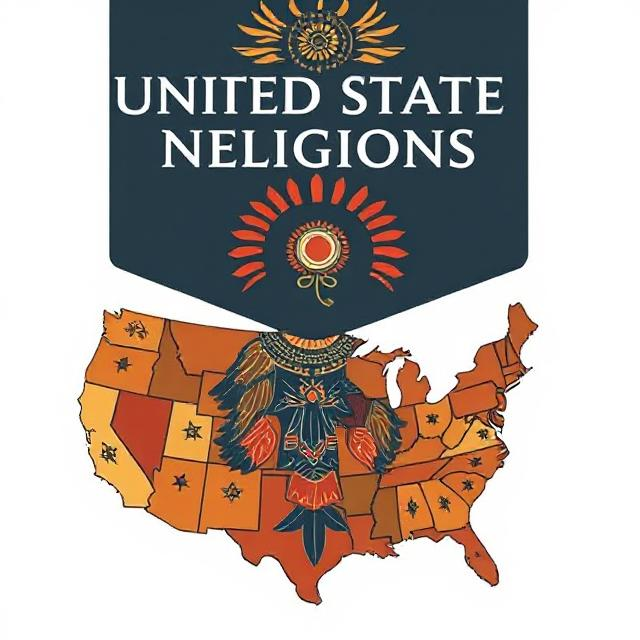
Spiritual Traditions
Before European contact, Indigenous peoples across North America practiced a variety of spiritual traditions that were deeply connected to the land and their communities. These belief systems often included animism, shamanism, and a reverence for nature. Spirituality was intertwined with daily life, encompassing rituals, ceremonies, and oral traditions that conveyed cultural values and histories.
Key Beliefs
Indigenous religions varied widely among tribes, but common themes included:
Connection to Nature: Many Indigenous cultures viewed the natural world as sacred, believing that animals, plants, and natural elements possessed spiritual significance. This connection fostered a sense of stewardship for the land.
Ancestral Spirits: Ancestors were often honored and consulted through rituals, with the belief that they continued to influence the living. Ancestor veneration played a crucial role in maintaining cultural continuity.
Community and Ritual: Spiritual practices were communal, involving ceremonies that reinforced social bonds and cultural identity. These rituals often marked important life events, such as births, marriages, and deaths.
European Colonization and Religious Diversity (16th – 18th Century)

Early Settlers
The arrival of European settlers in the 16th and 17th centuries brought new religious traditions to North America. Many of these settlers sought religious freedom, escaping persecution in their home countries. The Puritans, Quakers, Catholics, and Anglicans were among the groups that established colonies with distinct religious practices.
The Puritans
The Puritans, a group of English Protestants, settled in New England in the early 17th century. They sought to create a “city upon a hill,” a model Christian community. Their strict moral code and emphasis on communal worship shaped the cultural landscape of New England. The Puritan work ethic and belief in education led to the establishment of schools and colleges, including Harvard in 1636.
The Role of Women: In Puritan society, women played essential roles in maintaining the moral fabric of the community. However, they faced strict societal expectations and limited rights. The Salem witch trials of 1692 highlighted the dangers of religious fanaticism and gender discrimination.
Quakers and Religious Tolerance
The Quakers, or Religious Society of Friends, emerged in the mid-17th century, advocating for pacifism, equality, and social justice. Founded by George Fox, Quakerism emphasized direct experience with God and rejected formal rituals. In Pennsylvania, established by William Penn, Quakers created a haven for religious tolerance, attracting diverse groups seeking refuge from persecution.
Quaker Contributions: Quakers played a significant role in advocating for abolition and women’s rights. Their commitment to social justice laid the groundwork for later reform movements.
The Great Awakening
The First Great Awakening (1730s-1740s) was a significant religious revival that swept through the American colonies. Preachers like Jonathan Edwards and George Whitefield emphasized personal piety, emotional expression, and the need for a personal relationship with God. This movement challenged established religious authorities and encouraged the growth of new denominations, including Methodism and Baptism.
Impact on Society: The Great Awakening fostered a spirit of individualism and questioning of traditional authority, contributing to the development of a more democratic society. It also laid the groundwork for future reform movements, including abolition and women’s rights.
The Formation of the United States and Religious Freedom (18th Century)

The Enlightenment and Deism
The Enlightenment, a philosophical movement in the 18th century, emphasized reason and individualism. Many Founding Fathers, influenced by Enlightenment ideas, embraced Deism, a belief in a rational God who created the universe but did not intervene in human affairs. This perspective influenced the development of American religious thought, promoting religious tolerance and the separation of church and state.
Influence on Governance: Enlightenment thinkers like John Locke and Voltaire emphasized the importance of individual rights and the social contract, which influenced the drafting of the Constitution and the Bill of Rights.
The First Amendment
The ratification of the First Amendment in 1791 established the foundation for religious freedom in the United States. It prohibited Congress from making laws respecting the establishment of religion or prohibiting the free exercise thereof. This amendment laid the groundwork for a pluralistic society where diverse religious beliefs could coexist.
Legal Precedents: Over time, the First Amendment has been the basis for numerous Supreme Court cases that shaped the interpretation of religious freedom, including landmark decisions related to prayer in schools and the display of religious symbols in public spaces.
19th Century: Expansion and Religious Movements
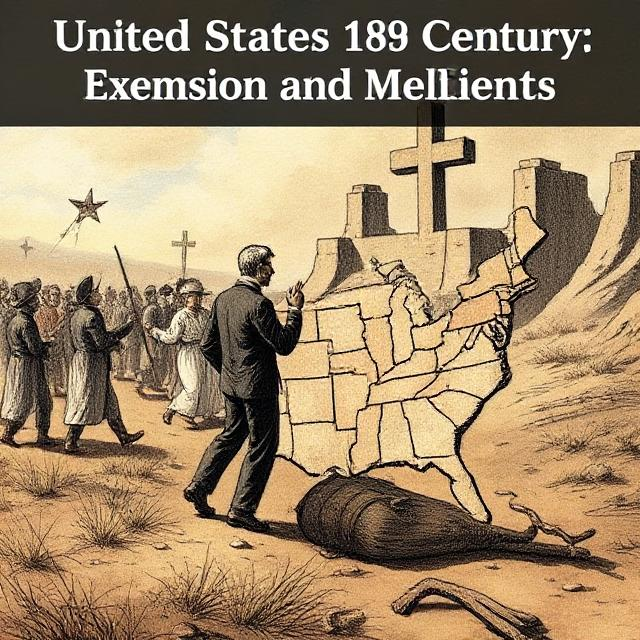
The Second Great Awakening
The Second Great Awakening (early 19th century) was another wave of religious revivalism that emphasized personal salvation and social reform. Camp meetings and revivals became popular, attracting large crowds. Key figures included Charles Finney, who advocated for social justice and the abolition of slavery. This movement led to the growth of new denominations and the establishment of various reform movements, including temperance and women’s rights.
Social Reforms: The Second Great Awakening inspired many to engage in social activism, leading to the formation of organizations dedicated to issues such as education, prison reform, and the abolition of slavery.
Mormonism
In the 1820s, Mormonism emerged with the founding of the Church of Jesus Christ of Latter-day Saints by Joseph Smith. Smith claimed to have received revelations and translated the Book of Mormon. The Mormons faced persecution for their beliefs and practices, including polygamy, leading to their migration to Utah under Brigham Young’s leadership. The establishment of Salt Lake City marked a significant moment in American religious history.
Cultural Contributions: The Mormon community developed a unique culture, emphasizing family, community, and self-reliance. Their contributions to the American West included agriculture, irrigation systems, and educational institutions.
Transcendentalism
The Transcendentalist movement, led by figures like Ralph Waldo Emerson and Henry David Thoreau, emphasized individual intuition and the inherent goodness of people and nature. Transcendentalists sought to transcend traditional religious boundaries, advocating for spiritual exploration and social reform.
Philosophical Impact: Transcendentalism influenced various movements, including environmentalism and civil disobedience, promoting the idea that individuals should act according to their conscience, even in opposition to unjust laws.
The Civil War and Its Aftermath (1861-1877)
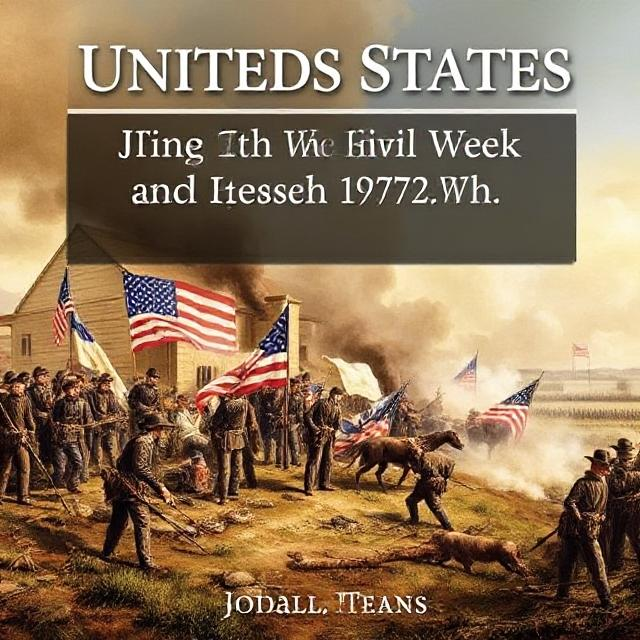
Religion and the Civil War
Religion played a significant role during the Civil War, influencing both Union and Confederate soldiers. Many soldiers turned to faith for comfort and guidance amid the horrors of war. The conflict also sparked debates over the morality of slavery, with religious leaders on both sides using scripture to justify their positions.
Clergy and the War: Many clergy members served as chaplains, providing spiritual support to soldiers. Prominent abolitionists, including Frederick Douglass, used their religious convictions to advocate for the end of slavery.
Post-War Religious Movements
After the Civil War, the Social Gospel movement emerged, advocating for social justice and the application of Christian ethics to societal issues. Leaders like Walter Rauschenbusch emphasized the importance of addressing poverty, inequality, and labor rights. This movement laid the groundwork for later social activism within religious contexts.
Advocacy for the Poor: The Social Gospel movement inspired many churches to engage in community service and outreach programs, addressing the needs of the urban poor and advocating for labor rights.
20th Century: Pluralism and Religious Change
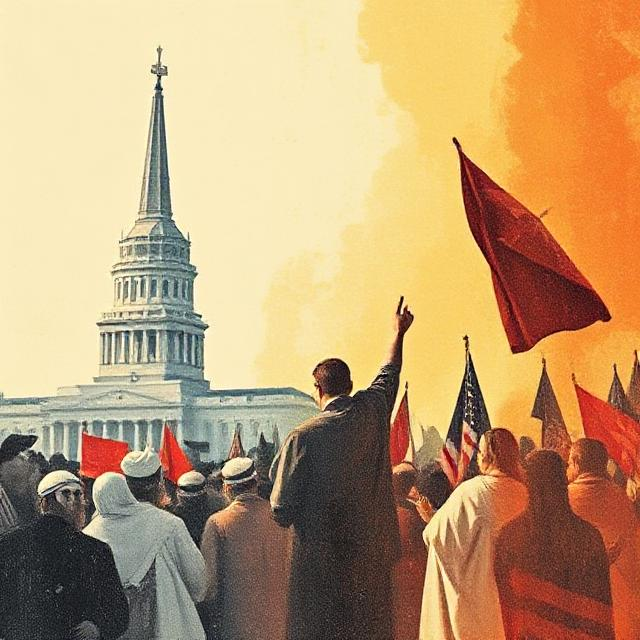
Immigration and Religious Diversity
The late 19th and early 20th centuries saw significant waves of immigration, bringing diverse religious traditions to the U.S. Catholicism, Judaism, and Eastern religions, such as Buddhism and Hinduism, grew in prominence. The establishment of synagogues, mosques, and temples reflected the increasing pluralism of American religious life.
Cultural Integration: Immigrant communities often maintained their religious practices while adapting to American culture, contributing to the rich tapestry of religious life in the U.S.
The Rise of Fundamentalism
In response to modernity and the perceived threats of secularism, the fundamentalist movement emerged in the early 20th century. Fundamentalists sought to uphold traditional Christian beliefs and values, emphasizing biblical literalism. This movement influenced various denominations and led to the establishment of evangelical churches that prioritized personal conversion and evangelism.
Cultural Conflict: Fundamentalism often clashed with modern secular values, leading to significant cultural debates over issues such as evolution, education, and morality.
The Civil Rights Movement
The Civil Rights Movement of the 1950s and 1960s was significantly influenced by religious leaders and organizations. Figures like Martin Luther King Jr. drew on Christian teachings to advocate for racial equality and justice. The movement highlighted the intersection of faith and social activism, leading to greater involvement of religious communities in advocating for civil rights.
Interfaith Cooperation: Religious leaders from various denominations worked together to promote social justice, demonstrating the power of faith in mobilizing communities for change.
Contemporary Religious Landscape (21st Century)
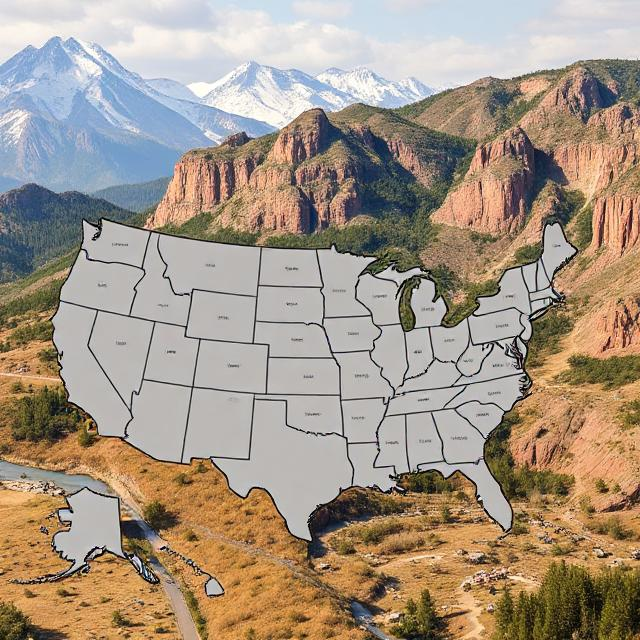
Religious Pluralism
Today, the United States is characterized by a remarkable diversity of religious beliefs and practices. Christianity remains the dominant faith, but other religions, including Islam, Judaism, Buddhism, and Hinduism, have gained prominence. Interfaith dialogue and cooperation have become increasingly important in addressing social issues and promoting understanding among different religious communities.
Emerging Religions: New religious movements, such as Scientology and various New Age practices, have also emerged, reflecting the evolving landscape of American spirituality.
The Rise of the “Nones”
A notable trend in contemporary American religion is the rise of the “nones,” individuals who identify as having no religious affiliation. Surveys indicate a growing number of Americans, particularly younger generations, are distancing themselves from organized religion. This shift has implications for the future of religious institutions and their role in society.
Impact on Society: The rise of the nones has led to discussions about secularism, the role of religion in public life, and the changing dynamics of community and identity in a pluralistic society.
Religion and Politics
Religion continues to play a significant role in American politics. Issues such as abortion, LGBTQ+ rights, and immigration policy are often framed in religious terms. Religious groups mobilize voters and advocate for policies that align with their beliefs, influencing the political landscape.
Faith-Based Initiatives: The government has engaged with religious organizations to address social issues, often through faith-based initiatives aimed at poverty alleviation and community development.
Challenges and Opportunities
Contemporary religious life in the U.S. faces challenges, including declining church attendance, the rise of secularism, and cultural polarization. However, these challenges also present opportunities for interfaith dialogue and collaboration, as diverse religious communities seek common ground in addressing social issues.
Grassroots Movements: Many religious groups are actively involved in social justice movements, advocating for climate action, racial equality, and immigrant rights, demonstrating the continued relevance of faith in public life.
Conclusion
The history of religion in the United States is a story of hope, resilience, and transformation. From the early spiritual traditions of Indigenous peoples to the establishment of diverse religious communities and movements, each chapter reflects the continent’s rich cultural heritage and the ongoing struggle for justice and equality. Understanding this history is essential for fostering a more inclusive society and addressing the challenges that lie ahead.


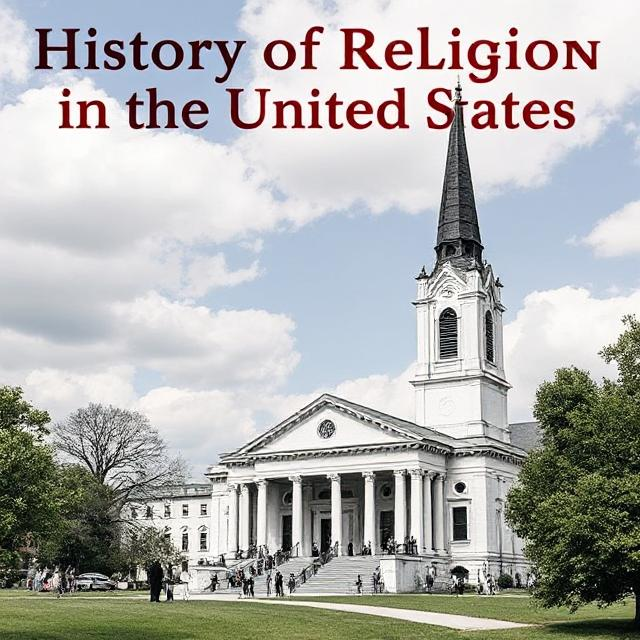
1 thought on “History of Religion in the United States”